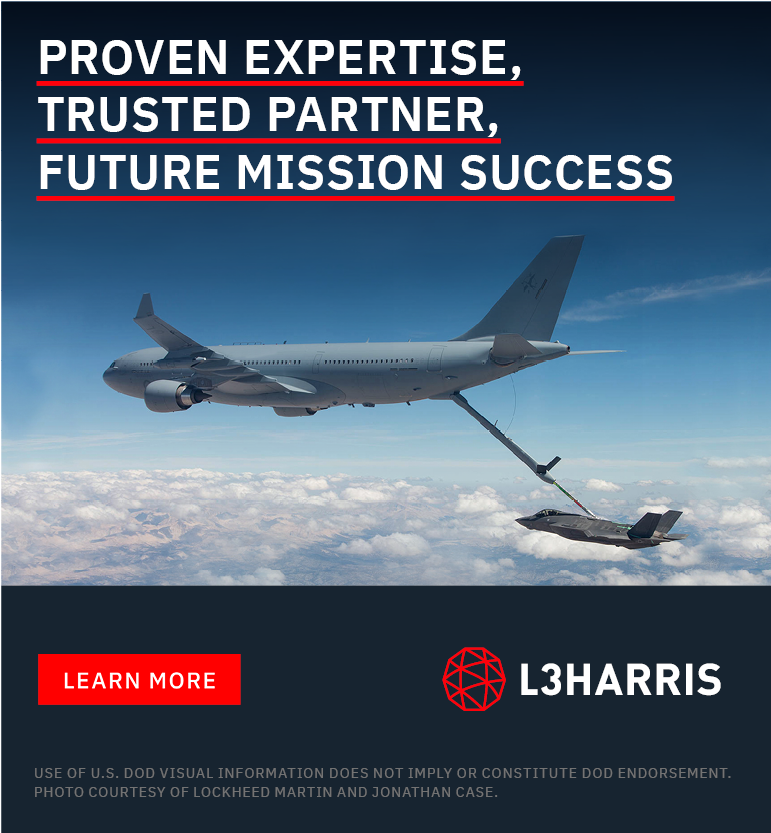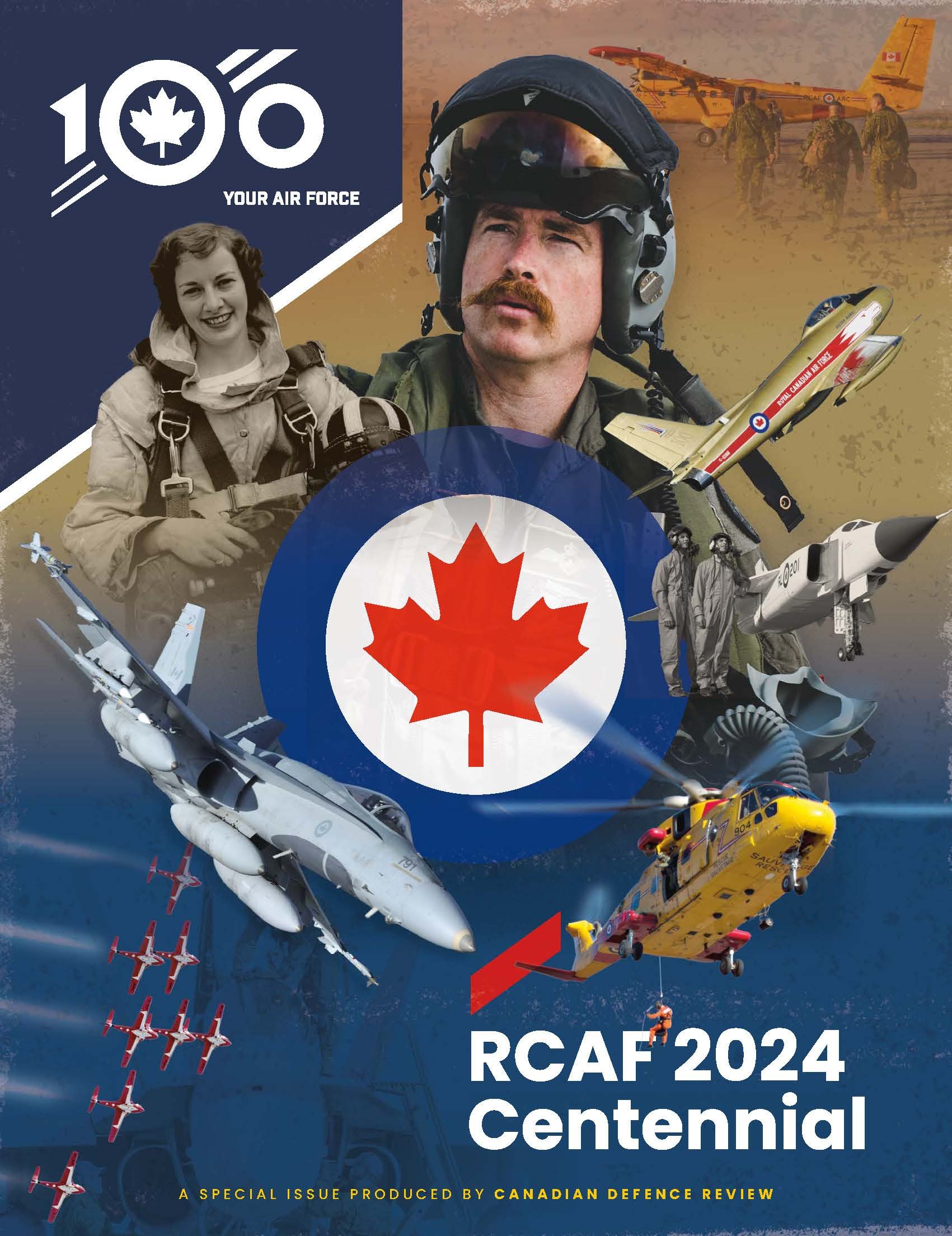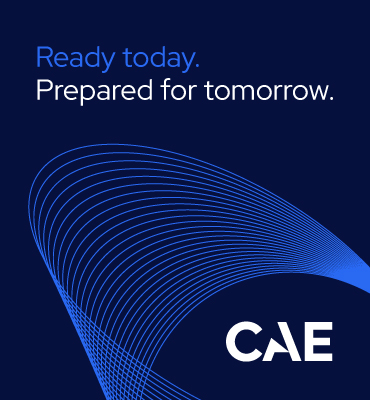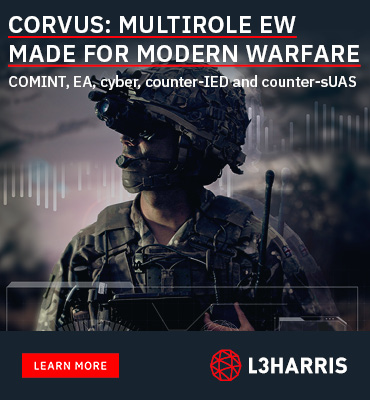Canada, NATO Face Serious Submarine Warfare Challenges
BY JAMES CARELESS
The Canadian Armed Forces (CAF) and our NATO allies are facing a rising, ever more daunting series of underwater challenges from Russia, China, and other hostile nations. This is why effective anti-submarine warfare (ASW) is a top level defence priority that cannot be ignored.
This was the gist of the one-day hybrid conference ‘Canadian ASW in the Future Strategic Environment’ staged by the Canadian Global Affairs Institute (CGAI) on June 15, 2023. It was held in person at Ottawa’s Westin Hotel, and online as well.
A “PROFOUND STRUGGLE”
The challenges facing Canada and its allies in confronting submarines and other threats from ambitious adversaries such as Russia and China were outlined by General Wayne Eyre, Chief of the Canadian Defence Staff, in his keynote address, ‘How does ASW feature in the CAF’s future?’
He minced no words in describing the current world situation. “We are engaged in a profound struggle with freedom, democracy, and the rule of law on one side, and authoritarian oppression on the other,” said General Eyre. “Both adversaries are pursuing strategic advantage on and below the surface of the world's oceans, including in the Arctic, and this includes increasing their inventory of submarines. Thus anti-submarine capabilities are a must to maintain the security of the global commons security that we've enjoyed for the past several decades. [And] NATO's once great maritime advantage is not so great anymore.”
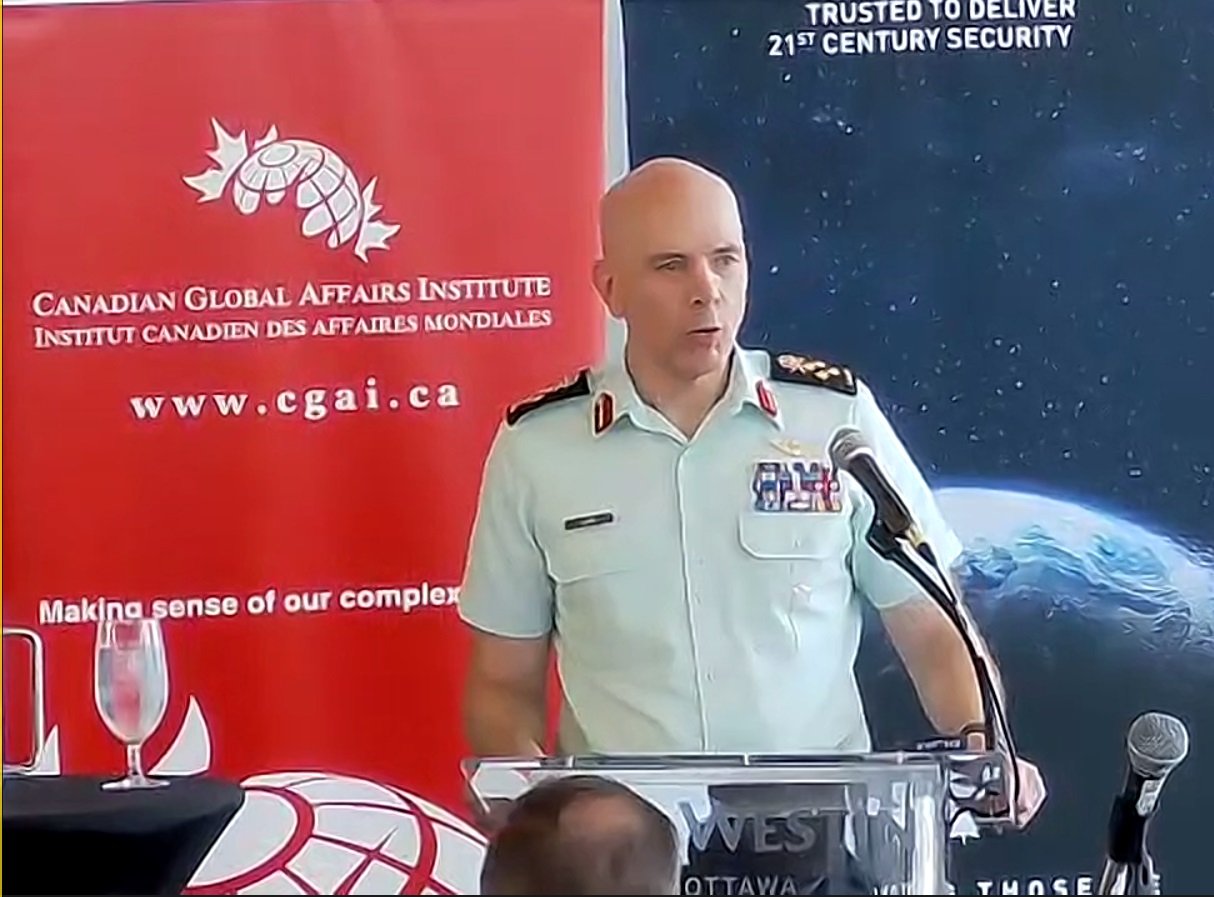 According to General Eyre, it isn’t just vital surface shipping that is threatened by hostile submarines. “More than 95% of our global communications networks are routed through undersea fibre optic cables,” he said.
According to General Eyre, it isn’t just vital surface shipping that is threatened by hostile submarines. “More than 95% of our global communications networks are routed through undersea fibre optic cables,” he said.
The seabed is also home to electrical distribution networks and gas lines that are vulnerable to underwater attacks. “Recent history has shown us that this critical infrastructure, like the Nord Stream gas line [which suffered three underwater explosions in September 2022] can be damaged if it's not monitored and protected,” said General Eyre. “That's why ASW training is so critical along with interoperability with our allies. We have to be able to detect our adversaries.”
KNOW THY ADVERSARY
In the session entitled, ‘ASW: What is the problem?’, the panellists put some of Canada’s submarine adversaries into perspective. “While Russia is continuing to invest very heavily in its subsurface capabilities and strategic capabilities, it has a terrible track record in terms of maintenance and repairs and right now,” said Rebecca Pincus, Director of the Polar Institute at the Wilson Center in Washington, DC. “We've seen their already high level of accidents go up in the last couple of years as they push less experienced people to the front as they cut back on maintenance and repairs, and as their supply lines get stretched.”
Meanwhile, “China has about 12 nuclear submarines at the moment and is expected to probably have more than double by 2040,” said Jennifer Parker, the Deputy Director Defence of The Australian Strategic Policy Institute’s Defence, Strategy and National Security program. As well, “China now has the ability to have a continuous ‘at sea’ deterrent,” she noted. Some of their subs carry ballistic missiles with a range of 10,000 km. This means that “China can touch the continental US from close to their coast without having to expose their submarines.”
WANTED: NEW SUBS
So how will the CAF address the wide range of ASW facing this nation and our allies? Vice-Admiral Angus Topshee, Commander of the Royal Canadian Navy answered this question by citing the ‘Four Cs” during his luncheon keynote address: The RCN’s Cyclone helicopter, the Canadian Multi Mission Aircraft (CMMA), the Canadian Surface Combatant ships (CSC), and the Canadian Patrol Submarine Project (CPSP).
When it comes to buying new subs under the CPSP, the RCN needs “at least eight” and possibly 12, said VAdm Topshee. “If you want to have a single line of tasking with a submarine in the Pacific, you need four boats based in Victoria,” he explained. “You want to guarantee the availability of a submarine to do anything you need it to do in the Atlantic, so you need four boats based in Halifax. [Then] if you also want to be able to do the Arctic, you better find a place to put [another] four boats between those two places.”
MAKING A DIFFERENCE
In the meantime, the RCN has a number of projects underway right now to improve its ASW capabilities. For instance, “there's a project to upgrade the sensor suite as well as the processing of sensed data in the Halifax class ships from an ASW perspective,” said Captain Blair Brown, RCN Director of Naval Requirements, during one of the afternoon sessions. The RCN is also upgrading the lightweight torpedoes that the Halifax class uses, and the heavyweight torpedoes on Canada’s Victoria-class submarines.
Working more closely with Canada’s NATO and other military partners is another essential aspect of enhanced ASW, according to the aptly-named ‘How do we work best with allies?’ panel moderated by RCN VAdm (ret’d) Mark Norman
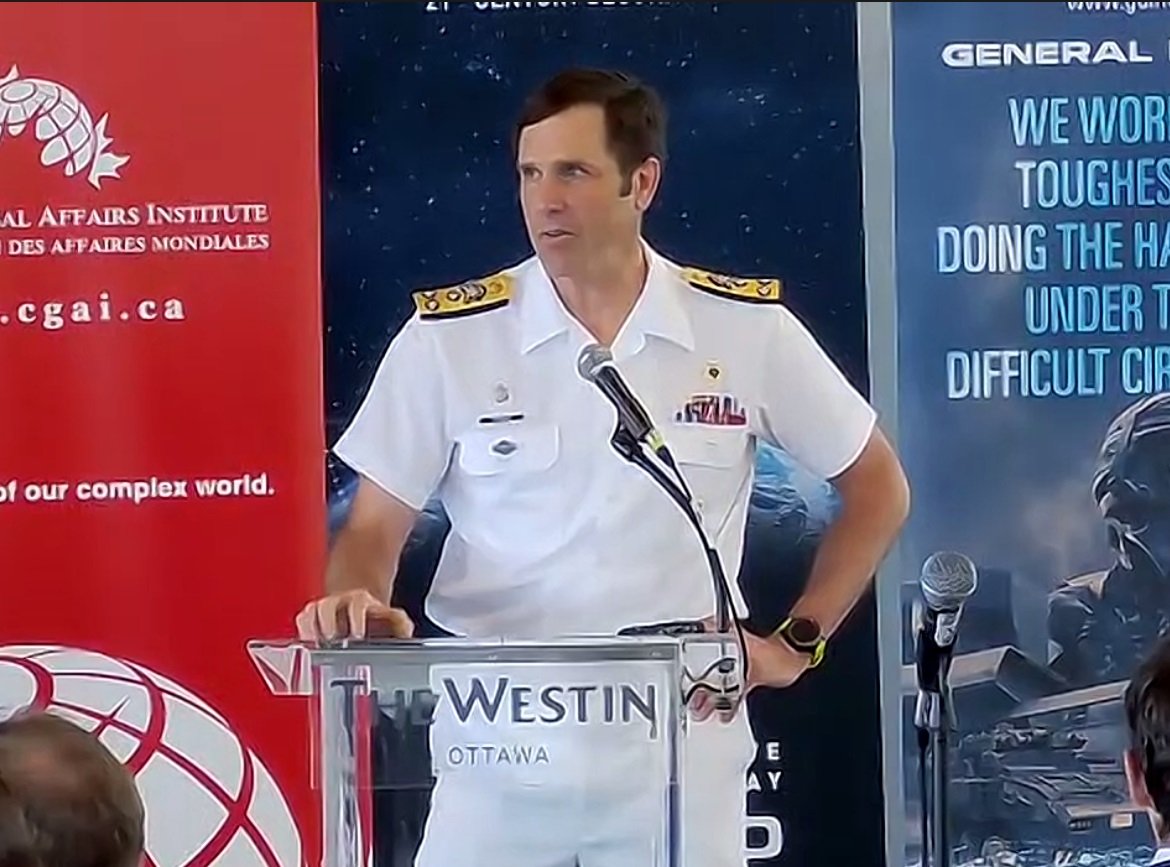 A case in point: When the Royal Air Force (RAF) discontinued its maritime aircraft patrols after retiring its Nimrod surveillance aircraft in 2010, “we sent 40 maritime operators out to air forces in Australia, New Zealand, Canada, and the US,” said RAF Group Captain Richard Berry. “They went out with no certain future as to what was going to happen.”
A case in point: When the Royal Air Force (RAF) discontinued its maritime aircraft patrols after retiring its Nimrod surveillance aircraft in 2010, “we sent 40 maritime operators out to air forces in Australia, New Zealand, Canada, and the US,” said RAF Group Captain Richard Berry. “They went out with no certain future as to what was going to happen.”
Five years later, the UK decided to acquire nine Boeing P-8A Poseidon MRA1 maritime patrol aircraft. Sending its untasked RAF maritime operators to work with other allied air forces “allowed us to go from a standing start after a ‘significant capability holiday’, as we like to call it, to an initial operating capability in a really, really short time,” Gp Capt Berry said. “We couldn't have done that without having that really strong relationship at all the right levels with our close allies.”
The CGAI ASW conference closed with the timely question, ‘How can Canada best leverage Canadian industry?’. The answer is for the federal government to engage directly with it. After all, “the defence industry can pretty much do anything in this country that you want them to do,” said RCN RAdm (ret’d) Chris Earl, Seaspan Victoria Shipyards Vice President of Project Delivery. “With enough lead time and resources, they'll turn out anything you want.”
James Careless is CDR's Ottawa Bureau Chief



